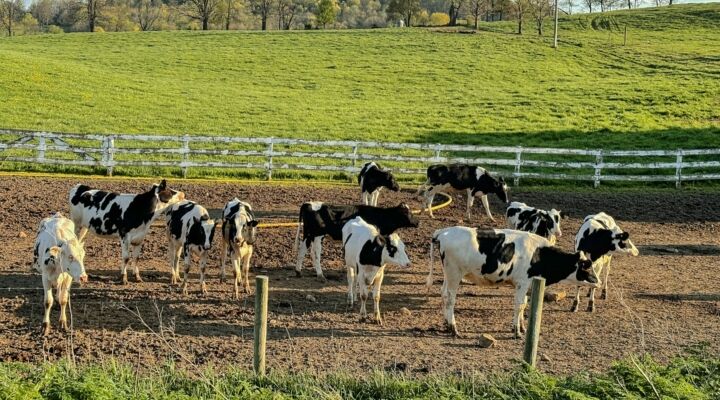
Some revisions to be aware of for your next animal care evaluation.
The National Dairy Farmers Assuring Responsible Management (FARM) Animal Care Program released its newest version of the animal care manual and evaluation in July of this year.
The FARM Animal Care program remains mostly the same as version 4.0, but there are some revisions to be aware of for your next animal care evaluation.
The updates in version 5.0 are outlined as follows:
- For locomotion scoring, the benchmark is for a farm to have 15% or fewer moderately lame cows in the milking herd. If more than 15% of the milking herd is moderately lame, then a continuous improvement plan will be put in place. The benchmark to have no more than 5% of the lactating herd score severely lame stays the same.
- Another change is around calves and colostrum. Calves must be fed adequate and quality colostrum within six hours after birth, even if they are transported off the farm. The FARM recommendation is to feed 10% of a calf’s birth weight. That means about four quarts of colostrum for a Holstein calf and about three quarts for a Jersey calf. The colostrum should be of good quality. One way to measure the colostrum quality is by using a Brix refractometer or colostrometer. Some farms may also test their calves to ensure passive immunity was achieved by measuring the IgGs from a calf’s blood sample. This isn’t always practical for smaller farms. One way to measure that the calves are receiving adequate colostrum is to look at calf morbidity and mortality rates. A low calf morbidity and mortality rate would indicate that calves are receiving sufficient colostrum.
- For disbudding, pain management must be provided. If farms are not using pain management, they will receive a mandatory corrective action plan and need to meet this standard within nine months. Approved methods for disbudding include cautery, which is the use of a hot iron, or caustic paste.
- For the continuing education component, all family members working with dairy animals and/ or any non-family employees need to sign a cow care agreement and document continuing education in their area of animal care. For example, a calf raiser who only works with the calves would need to complete a job-specific continuing education on calf care. The continuing education can be on the farm, where an owner or herdsperson trains the employee. Other ways to fulfill the continuing education requirement can include reading a dairy publication article on animal care, attending a workshop, or watching a training video online. A farm with any unmet continuing education documentation will have nine months to fulfill that required standard.
- For the euthanasia protocol, a farm now must designate both a primary and secondary person knowledgeable and trained in euthanasia. The designated persons must show documented training in proper euthanasia. Exceptions for this documentation would be if the designated person is your veterinarian or a dead stock driver. Another change for 5.0 is that the euthanasia protocol needs to include a method for confirmation of death.
The 5.0 standards will be in place until June 30, 2027. If you need a template for the written animal care protocols, the Center for Dairy Excellence has free printed copies of their Animal Care Protocol Record-Keeping Books available to farmers. If you have any questions, contact Daniela Roland at djr6158@psu.edu or 717-809-2194.
–Daniela Roland, Penn State Extension
You can now read the most important #news on #eDairyNews #Whatsapp channels!!!
🇺🇸 eDairy News INGLÊS: https://whatsapp.com/channel/0029VaKsjzGDTkJyIN6hcP1K























